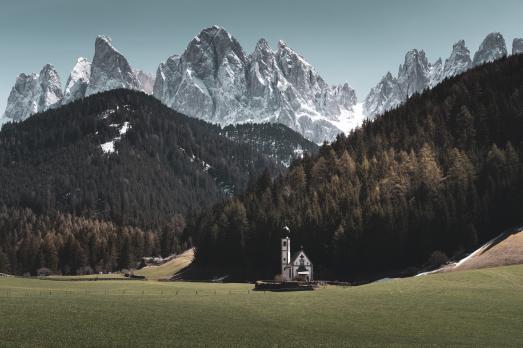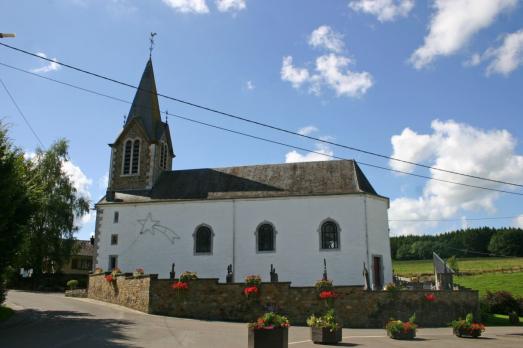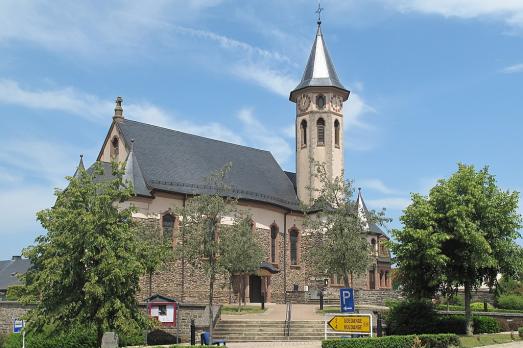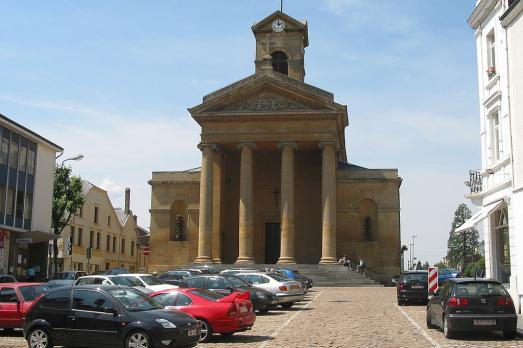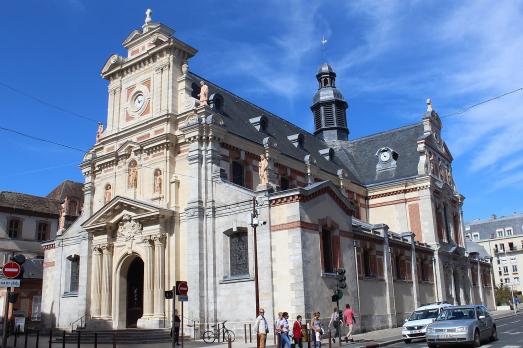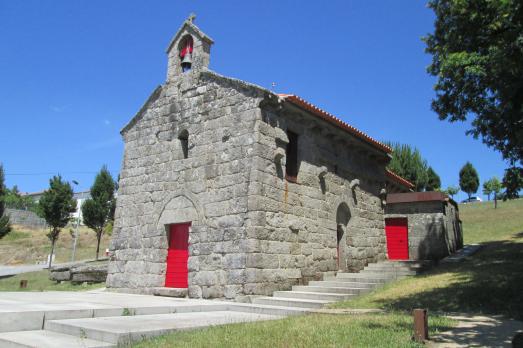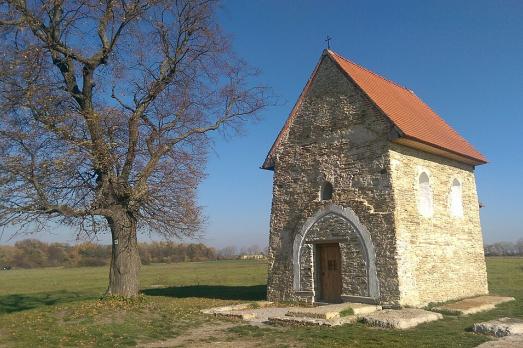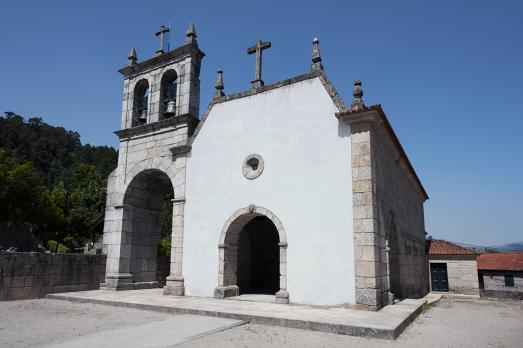
Church of Saint John the Baptist of Gatão
Amarante, PT
Isolated in the landscape, the Church of Gatão is a building whose construction timeline extends through the 13th and 14th centuries. At the chevet is where the most significant Romanesque elements are found. Besides the split gap in the back wall, a Lombard-style frieze is featured on both sides. This model of the cornice on little arches was particularly welcomed in the Romanesque of the Tâmega and Sousa. The narrow shafts of the nave, the south side portal and the triumphal arch are also from medieval times. Composed of two broken archivolts, but faceted and smooth, it is surrounded by a chequered frieze. Deeper interventions were undertaken in Modern Age, particularly outside the west front, with the addition of the church porch and the bell tower. Both in the nave, beside the triumphal arch, and in the chancel, there are significant frescoes from the 15th and 16th centuries, where depictions of Calvary, the Coronation of the Virgin, the martyrdom of Saint Sebastian, Saint Catherine of Alexandria and Saint Lucia stand out. In the cemetery next to the Church is the burial place of Teixeira de Pascoaes (1877-1952), one of the most important Portuguese poets and writers from the turn of the 19th to the 20th century.
